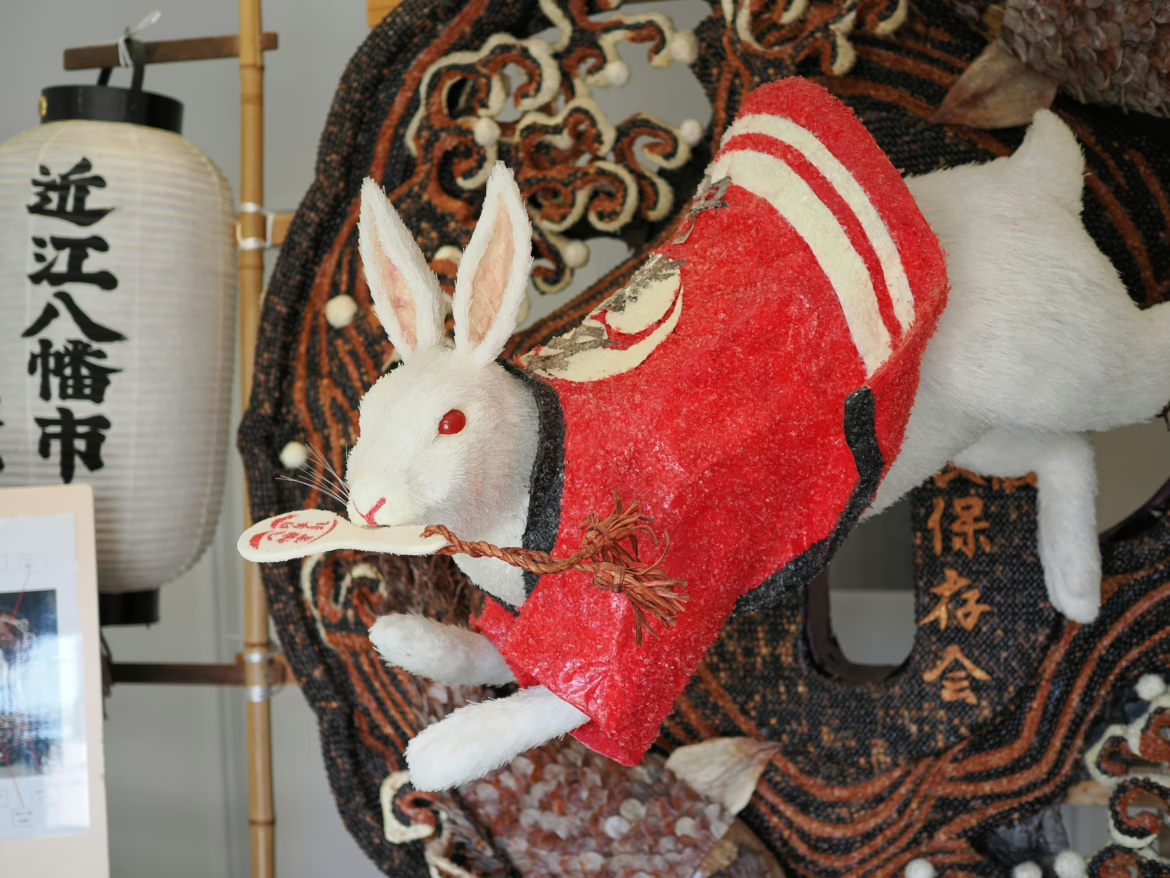While 87% of Tokyo visitors flock to obvious attractions like Tokyo National Museum and Ueno Zoo, the city’s most unusual museums in Tokyo remain hidden treasures. Locals frequent these quirky venues, but international guidebooks rarely mention them. These venues showcase Japan’s creative genius through bizarre collections, interactive experiences, and cultural oddities. They reveal authentic Tokyo beyond tourist facades.
This comprehensive insider guide unveils Tokyo’s 15 most unique unusual museums in Tokyo. They transform ordinary sightseeing into extraordinary adventures. From the world’s only parasite museum to cutting-edge robot demonstrations, these hidden gems provide profound insights. Furthermore, they showcase Japanese innovation and cultural evolution.
Quick Navigation Guide
- Best for First-Timers: Ghibli Museum, Miraikan, Trick Art Museum
- Most Instagram-Worthy: Yayoi Kusama Museum, Trick Art Museum
- Weirdest Experiences: Parasite Museum, Sewerage Museum
- Cultural Deep Dives: Sword Museum, Advertising Museum
Why These Weird Museums in Tokyo Outshine Traditional Attractions
Tokyo’s unusual museums in Tokyo offer authentic experiences impossible to find elsewhere globally. Unlike mainstream cultural sites designed for mass tourism, these specialized venues provide intimate encounters. Additionally, they showcase Japanese creativity and cultural peculiarities. These elements shaped modern Japan’s unique identity.
Insider Secret: Most tourists visit 3-4 obvious museums during their Tokyo stay. Meanwhile, locals frequent 15+ specialized venues annually. These hidden gems offer superior photography opportunities, minimal crowds, and deeper cultural understanding.
1. Meguro Parasitological Museum – World’s Only Parasite Collection
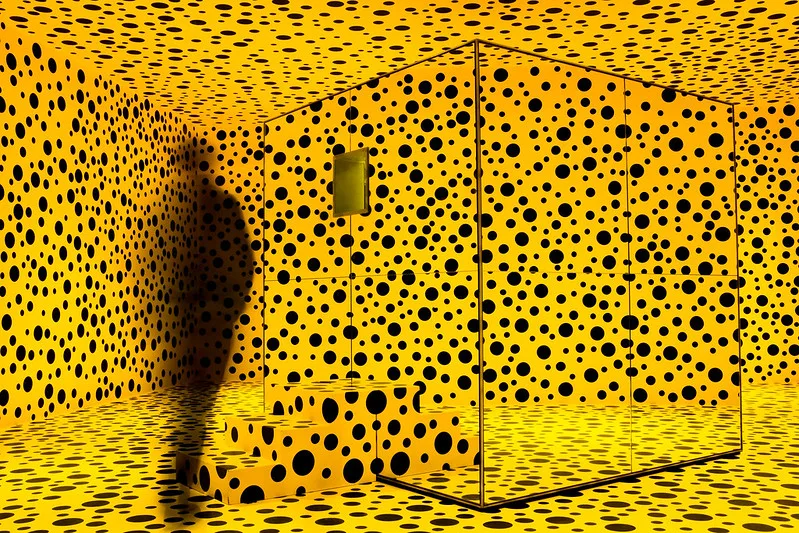
The Meguro Parasitological Museum stands as one of the most bizarrely fascinating unusual museums in Tokyo. It houses over 60,000 parasite specimens including an 8.8-meter tapeworm extracted from a human host. Dr. Satoru Kamegai founded this free museum in 1953. Consequently, it provides visceral educational experiences through scientifically preserved displays. These displays simultaneously horrify and educate visitors.
What Makes It Extraordinary: Beyond shock value, interactive displays demonstrate parasite life cycles. They also show prevention strategies and ecological importance. This museum’s research contributes to global health initiatives. Therefore, it remains both educational and practically valuable. Educational exhibits explain how parasites shaped human evolution. Moreover, they reveal how parasites influenced historical events.
Unique Experiences: Interactive microscopes let visitors examine live specimens. Meanwhile, multilingual explanations ensure international visitors understand complex biological concepts. The gift shop sells parasite-themed merchandise. This includes tapeworm keychains, parasite plushies, and educational books. These items are unavailable anywhere else worldwide.
Visitor Information: Open Tuesday-Sunday 10:00-17:00, completely free admission. Located 5 minutes from Meguro Station on JR Yamanote Line. Allow 45-60 minutes for thorough exploration. Photography is permitted throughout. However, avoid eating beforehand for optimal experience.
2. Studio Ghibli Museum – Animation Magic Beyond Disney
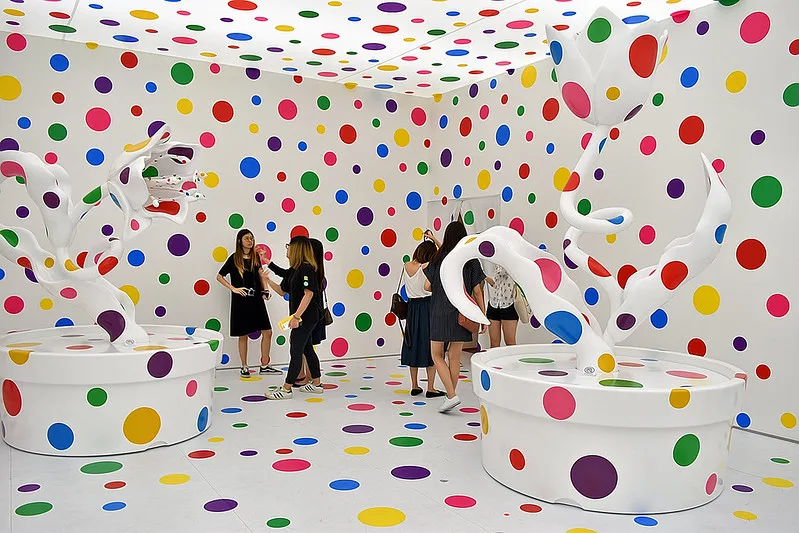
The Studio Ghibli Museum transcends typical exhibitions through immersive environments. These environments transport visitors into Hayao Miyazaki’s magical worlds. Located in Mitaka’s Inokashira Park, this venue celebrates artistry. It showcases the work behind “My Neighbor Totoro,” “Spirited Away,” and “Princess Mononoke.” Furthermore, it features exclusive content unavailable globally.
Exclusive Experiences: The museum features original short films created specifically for the venue. These films screen nowhere else worldwide. Hand-drawn animation cells display Miyazaki’s meticulous attention to detail. Additionally, interactive exhibits demonstrate traditional animation techniques. These techniques predate digital methods. The Saturn Theater screens 15-minute exclusive films that change periodically.
Architectural Wonder: The building itself embodies Ghibli’s aesthetic philosophy. It features winding staircases, hidden passages, and stained glass windows. These windows depict beloved characters. The rooftop garden features a life-sized robot soldier from “Castle in the Sky.” As a result, it provides Instagram-worthy photography opportunities against Tokyo skyline backgrounds.
Cultural Significance: Beyond entertainment, Ghibli films address environmental concerns. They also explore traditional Japanese values and intergenerational relationships. Museum exhibits explore these themes through concept art, storyboards, and director commentary. These elements reveal deeper cultural messages.
Booking Strategy: Tickets sell out 3-4 months ahead through Lawson convenience stores exclusively. Purchase on the 10th of each month for following month availability. No walk-in tickets are available. Therefore, advance planning is absolutely essential for peak seasons and holidays.
3. Tokyo Trick Art Museum – Reality-Defying Optical Illusions
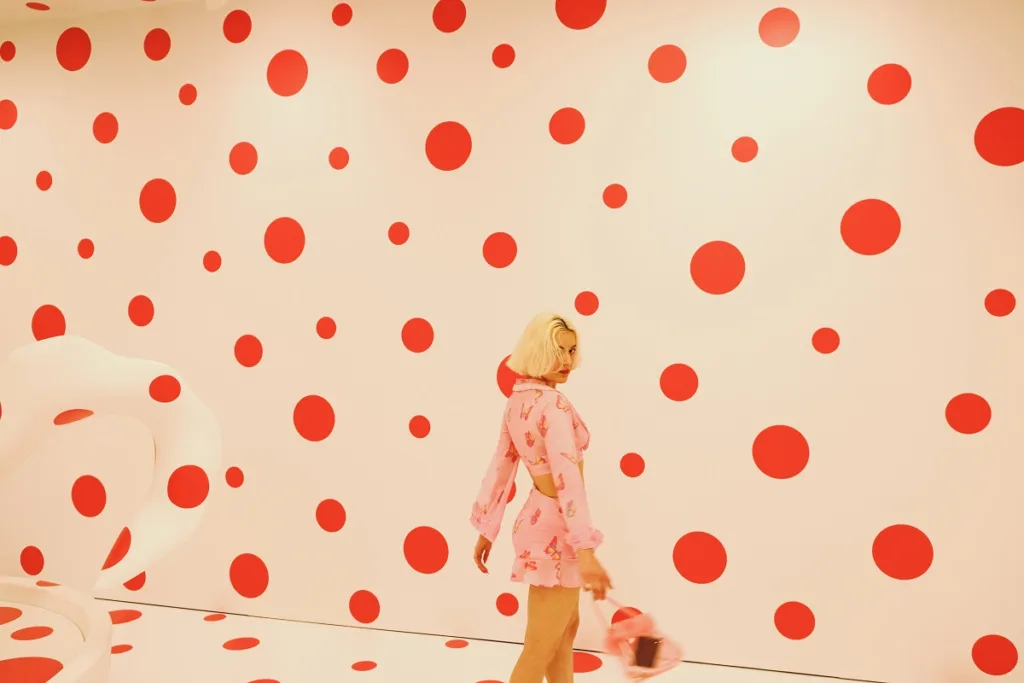
Located in Odaiba’s Aqua City, this interactive venue challenges perception through sophisticated 3D artworks. Visitors become integral parts of installations. Unlike traditional art museums that prohibit touching, every exhibit here encourages full participation. Consequently, it creates Instagram-worthy photographs while exploring visual psychology and artistic technique.
Interactive Installations: Gravity-defying rooms allow posing as hanging from cliffs. They also enable floating through air or escaping from prison cells. Each artwork utilizes precise perspective techniques and forced perspective principles. These create convincing illusions when viewed from specific angles. Floor markings provide clear footprint guides.
Educational Component: Exhibits explain optical illusion principles and perspective drawing techniques. They also demonstrate how human brains process visual information. Interactive demonstrations reveal how artists manipulate perception. This manipulation occurs through color theory, shadow placement, and geometric principles that fool the eye.
Photography Paradise: The museum explicitly encourages photography and social media sharing. It provides tripods, smartphone holders, and staff assistance. This assistance helps capture perfect illusion shots. Professional lighting systems ensure high-quality images. This quality remains consistent regardless of camera equipment or photography experience.
Practical Information: Open daily 11:00-21:00, adult admission ¥1,300. Located in Aqua City Odaiba 4th floor. Allow 90-120 minutes for thorough exploration. Visit weekday mornings for minimal crowds and optimal photography conditions. Additionally, wear comfortable shoes as exhibits require specific positioning.
4. Miraikan – Cutting-Edge Robot Demonstrations
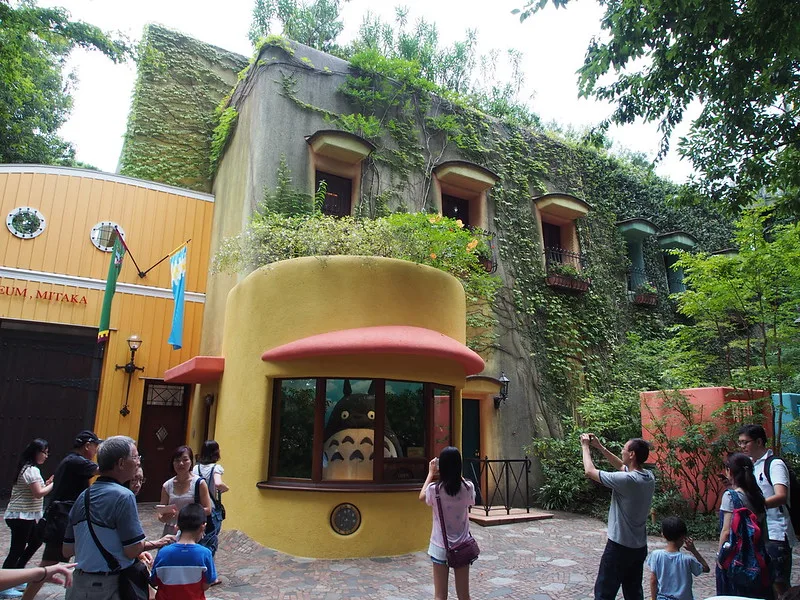
Miraikan (National Museum of Emerging Science and Innovation) showcases Japan’s technological leadership. It offers hands-on experiences with humanoid robots, artificial intelligence demonstrations, and space exploration technology. This Odaiba venue bridges theoretical science with practical applications. As a result, it reveals how emerging technologies will shape future society and daily life.
Robot Interactions: Meet ASIMO during scheduled live demonstrations. These showcase remarkable mobility, stair climbing, and human-like movements. They represent decades of Honda engineering innovation. Interactive programming stations allow visitors to control simple robotic functions. Therefore, they provide hands-on insights into artificial intelligence development and machine learning principles.
Space Technology Exhibits: Full-scale International Space Station modules demonstrate actual astronaut living conditions. They show sleeping arrangements and scientific equipment used in orbit. Virtual reality experiences simulate spacewalks and planetary exploration missions. Additionally, they simulate zero-gravity environments that astronauts navigate daily.
Climate Change Solutions: Real-time global environmental data displays demonstrate climate challenges through interactive earth models. Simulations show how individual lifestyle choices impact planetary systems. Consequently, they encourage sustainable behavior adoption through scientific education rather than emotional appeals.
Future Innovation Showcase: Rotating exhibitions feature cutting-edge research from Japanese universities and corporations. This includes quantum computing, biotechnology, and renewable energy solutions. These technologies will transform society within the next decade.
Visitor Details: Open daily 10:00-17:00, closed Tuesdays and holidays. Adult admission ¥630, students ¥210. Located 15 minutes from Shimbashi Station via Yurikamome Line to Telecom Center Station. Allow 3-4 hours for comprehensive exploration of all permanent and temporary exhibitions.
5. Yayoi Kusama Museum – Polka Dot Infinity Experiences
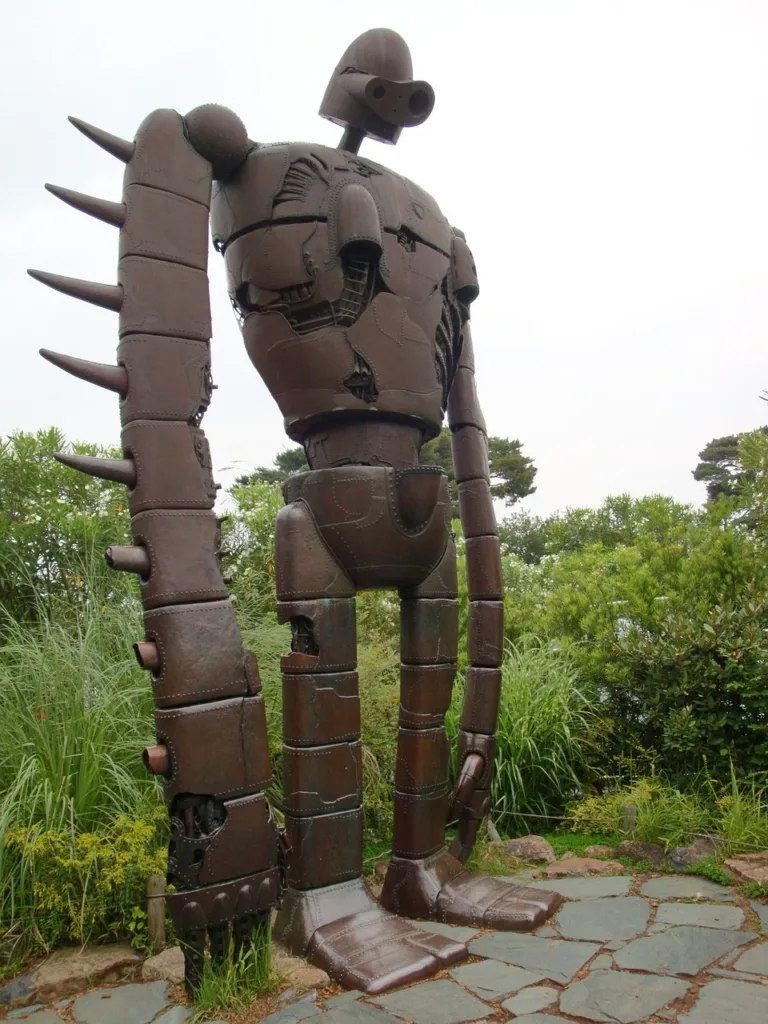
This Shinjuku venue celebrates Japan’s most internationally acclaimed contemporary artist. It features immersive polka dot environments and infinity rooms. These challenge spatial perception and psychological boundaries. Among the most unique unusual museums in Tokyo, Kusama’s lifelong exploration creates transformative experiences. Her work focuses on repetition, infinity, and mental health. Consequently, these experiences are impossible to replicate elsewhere globally.
Infinity Room Experiences: Multiple mirrored chambers filled with LED lights create seemingly endless environments. These engulf visitors in pulsating colors and patterns. Each themed room offers different concepts. These range from floating pumpkins to twinkling stars. As a result, they provide otherworldly experiences lasting exactly 90 seconds per visitor to ensure equal access.
Artistic Philosophy and Mental Health: Kusama’s work directly addresses mental health challenges. It transforms personal struggles with hallucinations and anxiety into universal artistic expression. Museum exhibits explore how repetitive pattern creation provides therapeutic benefits. Additionally, they create visually stunning installations that help viewers understand mental health experiences.
Limited Access Experience: Only 200 visitors are admitted daily through mandatory advance reservations. This ensures intimate experiences without crowds or rushing. This exclusivity creates extremely high demand. However, it guarantees quality interactions with artworks and sufficient time for contemplation and photography.
Global Cultural Impact: Exhibits demonstrate how Kusama influenced fashion, design, and popular culture worldwide. Her influence extends far beyond traditional art boundaries. Her collaborations with Louis Vuitton, Marc Jacobs, and major fashion houses show contemporary art’s commercial and cultural reach.
Reservation Requirements: Tickets must be purchased online 1-2 months in advance through official website only. Specific 90-minute time slots cannot be changed or refunded. Photography is permitted in designated areas with staff supervision. Adult admission ¥1,000.
6-10. More Quirky Museums Tokyo Locals Love
Cup Noodles Museum Yokohama: Transform humble instant noodles into comprehensive cultural exploration. Interactive exhibits reveal how Momofuku Ando’s 1958 invention revolutionized global food culture. Additionally, it influenced emergency disaster relief and mass food production. Located in Yokohama’s Minato Mirai district, this venue demonstrates how simple innovations create worldwide impact. This occurs through entrepreneurial vision and persistent experimentation.
Japanese Sword Museum: Located in Ryogoku near the sumo stadium, this venue preserves 1,300 years of Japanese blade-making tradition. It showcases exquisite collections featuring samurai weapons as artistic masterpieces rather than mere tools of war. The museum demonstrates how functional objects transcend utility. Furthermore, they become spiritual expressions and cultural artifacts reflecting Japanese aesthetic principles.
Advertising Museum Tokyo: Explore Japan’s unique relationship with commercial creativity through comprehensive displays. These span post-war advertising evolution and cultural transformation. Located in Shimbashi’s Caretta building basement, this free venue demonstrates something important. It shows how marketing campaigns reflect social changes, gender role evolution, and cultural identity formation. This occurred during Japan’s rapid modernization process.
Tokyo Station Gallery: Transform active transportation infrastructure into sophisticated contemporary art exhibition space. This occurs within the historically restored red brick Marunouchi building. Current exhibitions explore relationships between urban development, historical preservation, and artistic expression. Meanwhile, they maintain full railway operations.
Intermediatheque: University of Tokyo’s vast academic collections become accessible public cultural experiences. This happens through innovative exhibition design combining natural history specimens, cultural artifacts, and scientific instruments. Consequently, they create thought-provoking displays that blur boundaries between education and entertainment.
11-15. Hidden Gems Guide – More Weird Museums Tokyo Offers
Kite Museum: Edo-Tokyo’s traditional kite culture is preserved through 3,000+ specimens from 50+ countries. This demonstrates how simple toys reflect deep cultural values, artistic traditions, and seasonal celebrations. Moreover, it shows cross-cultural communication through shared childhood experiences that transcend language barriers.
Tokyo Sewerage Museum: Transform mundane urban infrastructure into fascinating educational adventure. This explores Tokyo’s sophisticated underground systems. Interactive exhibits demonstrate complex urban planning challenges and environmental protection. They achieve this through advanced wastewater treatment and engineering marvels hidden beneath city streets.
Drum Museum: Experience 600+ percussion instruments from 200+ countries through hands-on demonstrations. Cultural exhibits reveal how rhythm creation techniques vary across global communities. Additionally, they share universal human expressions through music and celebration.
Tobacco and Salt Museum: Historical exhibits explore how government monopolies shaped Japanese commerce development. They also investigate cultural roles of luxury commodities in social stratification. Furthermore, they examine international trade relationships and economic modernization during the Meiji period.
Printing Museum: Typography and communication evolution spans from traditional woodblock printing through contemporary digital processes. Interactive workshops demonstrate how technological advancement influences information dissemination. Additionally, they show cultural knowledge preservation and artistic expression throughout human history.
Strategic District Planning for Unusual Museums in Tokyo
Tokyo’s unusual museums in Tokyo cluster strategically across distinct neighborhoods. This enables comprehensive cultural exploration through efficient routing. Consequently, it maximizes experiences while minimizing travel time and transportation costs.
Ueno Cultural Cluster: Traditional major museums combine with unconventional specialized venues within comfortable walking distance. This provides comparative cultural perspectives. As a result, they reveal different aspects of Japanese creativity, historical preservation, and contemporary innovation approaches.
Odaiba Innovation Hub: Technology-focused venues include Miraikan, Trick Art Museum, and nearby teamLab Borderless. They create comprehensive futuristic experiences enhanced by modern architecture. Additionally, the dramatic waterfront location provides Instagram-worthy backgrounds.
Roppongi Art Triangle: Contemporary art institutions anchor sophisticated cultural experiences. International galleries, design boutiques, and culturally-themed restaurants support these experiences. Consequently, they extend exploration opportunities beyond traditional museum operating hours.
Insider Access Strategies for Tokyo’s Hidden Gems Guide
Local museum enthusiasts employ specific strategies for exclusive experiences, crowd avoidance, and optimal visit timing. These transform typical tourist attractions into intimate cultural encounters. As a result, they maximize educational value and photographic opportunities.
Timing Optimization: Visit during weekday mornings when international tourists concentrate on obvious mainstream attractions. Many venues offer extended Friday evening hours. These provide intimate experiences with enhanced lighting conditions. Therefore, they are ideal for photography and contemplation.
Special Exhibition Access: Subscribe to museum newsletters for advance notification. This covers temporary exhibitions, curator-led tours, artist workshops, and exclusive member events. Consequently, these offer behind-the-scenes access unavailable through regular admission tickets.
Photography and Documentation: Professional photographers recommend specific times, angles, and equipment for optimal lighting conditions. Many museums provide complimentary tripod loans and staff photography assistance. This helps visitors serious about documenting their cultural experiences.
Cultural Integration Beyond These Quirky Museums Tokyo Offers
Maximize unusual museums in Tokyo visits by connecting experiences with complementary cultural activities. These provide context and deeper understanding of Japanese creativity, innovation processes, and traditional values. Additionally, they continue influencing contemporary society.
After exploring cutting-edge contemporary venues, visit Yanaka’s nostalgic neighborhood for traditional contrast. Historic temples, preserved Edo-period architecture, and traditional craft workshops provide essential cultural context. Consequently, they enhance appreciation of modern innovations displayed in unusual museums in Tokyo.
Museum districts feature specialized restaurants and themed establishments reflecting venue concepts and historical periods. Explore authentic dining experiences showcasing culinary artistry. This includes traditional kaiseki ceremonies, contemporary fusion cuisine, and themed restaurants. These bridge historical and modern Japanese culture.
Coordinate museum visits with seasonal festival experiences. These provide living cultural context and community participation opportunities. Traditional celebrations create meaningful thematic connections. As a result, they link contemporary exhibitions and historical practices.
Transform Tokyo Through These Hidden Gems Guide Discoveries
These 15 extraordinary unusual museums in Tokyo reveal Japan’s creative genius, innovative spirit, and cultural complexity. They provide transformative experiences offering lasting understanding. This understanding is impossible through conventional sightseeing approaches. These approaches merely scratch surface-level tourist attractions.
However, language barriers, unfamiliar cultural protocols, and insufficient insider knowledge often create superficial tourism experiences. These fail to provide meaningful cultural encounters. Such encounters genuinely change perspectives and create profound lasting memories of Japanese society and values.
Our comprehensive Japan Ultimate Adventure Starter Pack provides essential cultural foundation, exclusive access arrangements, and expert insights. These are necessary for experiencing unusual museums in Tokyo exactly as knowledgeable Japanese enthusiasts do. This includes full appreciation for cultural significance and historical context.
Begin your authentic Tokyo cultural adventure today. These extraordinary unusual museums in Tokyo await to transform your understanding of Japanese innovation, creativity, and cultural expression forever. Each venue offers unique perspectives and experiences impossible to find elsewhere globally.
